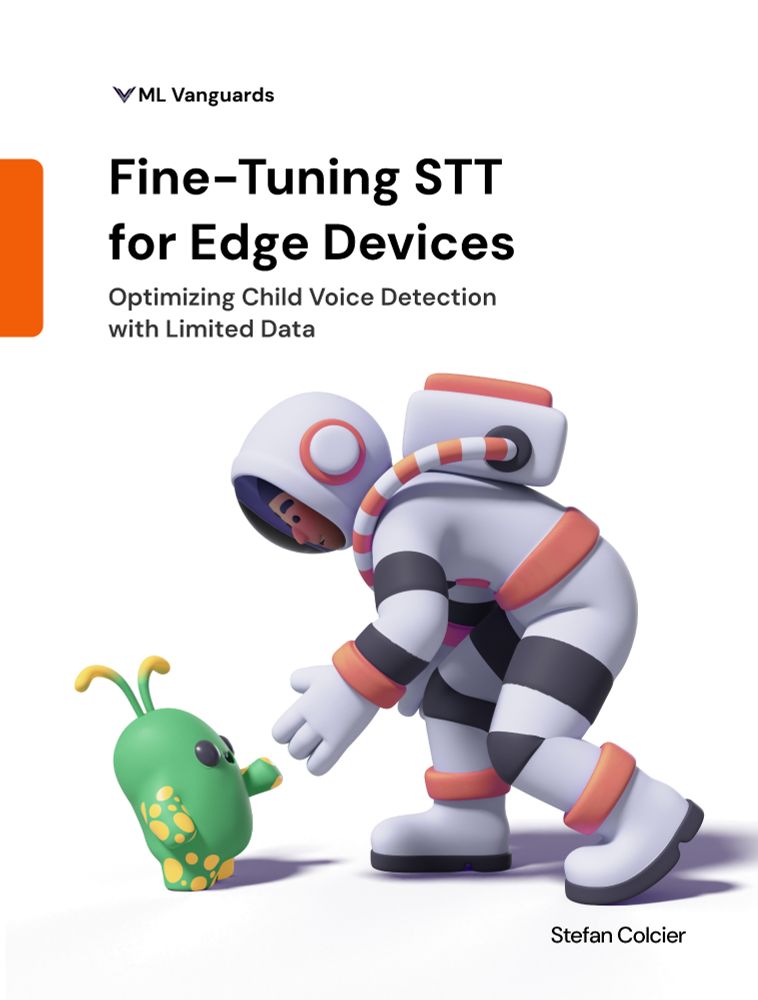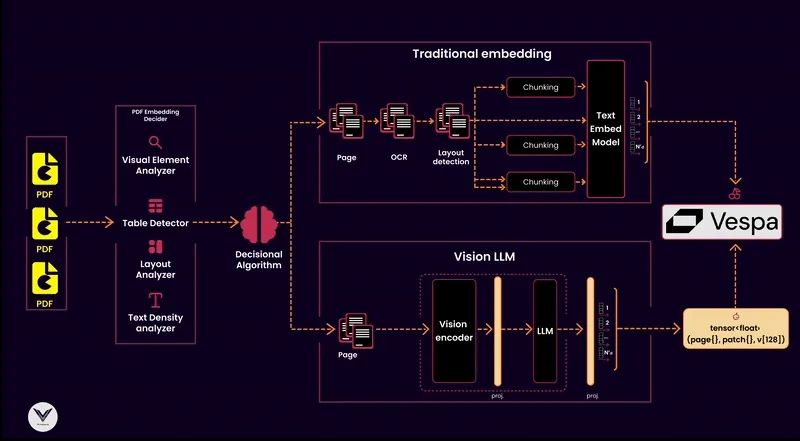
🫵 Follow our substack: https://thehyperplane.substack.com/
👀 Our Ebook: https://hyperplane.gumroad.com/l/fine-tuning-stt-on-edge

the link for the book mlvanguards.gumroad.com/l/fine-tunin... (it's free)
the link for the book mlvanguards.gumroad.com/l/fine-tunin... (it's free)

the link for the book mlvanguards.gumroad.com/l/fine-tunin... (it's free)
Agentic systems are only as useful as their debug-ability.
Agentic systems are only as useful as their debug-ability.
Reproducibility, scalability, and observability are a must. Just setting up Kubeflow or MLflow doesn’t make you an MLOps expert.
Reproducibility, scalability, and observability are a must. Just setting up Kubeflow or MLflow doesn’t make you an MLOps expert.
Training is expensive.
Inference is a balancing act.
Deployment is… well, never as simple as pip install.
Everyone’s hyped about LLMs and edge deployments, but few talk about what it actually takes to it to production.
So we wrote the guide we wish we had.
Training is expensive.
Inference is a balancing act.
Deployment is… well, never as simple as pip install.
Everyone’s hyped about LLMs and edge deployments, but few talk about what it actually takes to it to production.
So we wrote the guide we wish we had.
It takes time to understand the whole process, and it takes time to learn how to have arguments to convince the management, the CEO, or other stakeholders.
It takes time to understand the whole process, and it takes time to learn how to have arguments to convince the management, the CEO, or other stakeholders.
Let's return to Michael Hunger's blog post in which he demonstrates its practical application using a hashtag#Neo4j example!
Happy weekend reading!
bit.ly/4f8wLVp
hashtag#knowledgegraphs

Let's return to Michael Hunger's blog post in which he demonstrates its practical application using a hashtag#Neo4j example!
Happy weekend reading!
bit.ly/4f8wLVp
hashtag#knowledgegraphs
Here’s how:
- Resample & filter (standardize to 16kHz, cut long/empty clips)
- Auto-transcribe with SpeechBrain (ran it on CPU — I'm GPU poor 😅)
1/2

Here’s how:
- Resample & filter (standardize to 16kHz, cut long/empty clips)
- Auto-transcribe with SpeechBrain (ran it on CPU — I'm GPU poor 😅)
1/2
But in reality, a prompt is the most crucial hyperparameter of any GenAI system. Its design can make or break the output quality, much like tuning a model's parameters determines its performance.
But in reality, a prompt is the most crucial hyperparameter of any GenAI system. Its design can make or break the output quality, much like tuning a model's parameters determines its performance.
Regular speech-to-text tech struggles with kids’ voices since they’re higher-pitched and less predictable.
We worked on that by creating a smaller, more accurate model that works well with children’s speech, even in noisy or low-power settings.

Regular speech-to-text tech struggles with kids’ voices since they’re higher-pitched and less predictable.
We worked on that by creating a smaller, more accurate model that works well with children’s speech, even in noisy or low-power settings.
1/7

1/7
Ignoring these differences means risking ineffective indexing and poor search retrieval.
Ignoring these differences means risking ineffective indexing and poor search retrieval.

people tweaking prompts like they're adjusting a car mirror, thinking it'll make them drive better
you’re optimizing nothing, you’re just guessing
people tweaking prompts like they're adjusting a car mirror, thinking it'll make them drive better
you’re optimizing nothing, you’re just guessing
LayoutAnalyzer for messy formatting.
TextDensityAnalyzer to tell text from images.
VisualElementAnalyzer for charts/diagrams.
TableDetector to grab tables.
Convert them to images and use Vision Models like ColPali/ColQwen2.
LayoutAnalyzer for messy formatting.
TextDensityAnalyzer to tell text from images.
VisualElementAnalyzer for charts/diagrams.
TableDetector to grab tables.
Convert them to images and use Vision Models like ColPali/ColQwen2.
Building production-grade AI isn’t about chasing buzzwords — it’s about combining engineering knowledge with practical AI to deliver systems that actually work, scale, and drive real-world impact.
We got you covered at mlvanguards.substack.com

Building production-grade AI isn’t about chasing buzzwords — it’s about combining engineering knowledge with practical AI to deliver systems that actually work, scale, and drive real-world impact.
We got you covered at mlvanguards.substack.com


